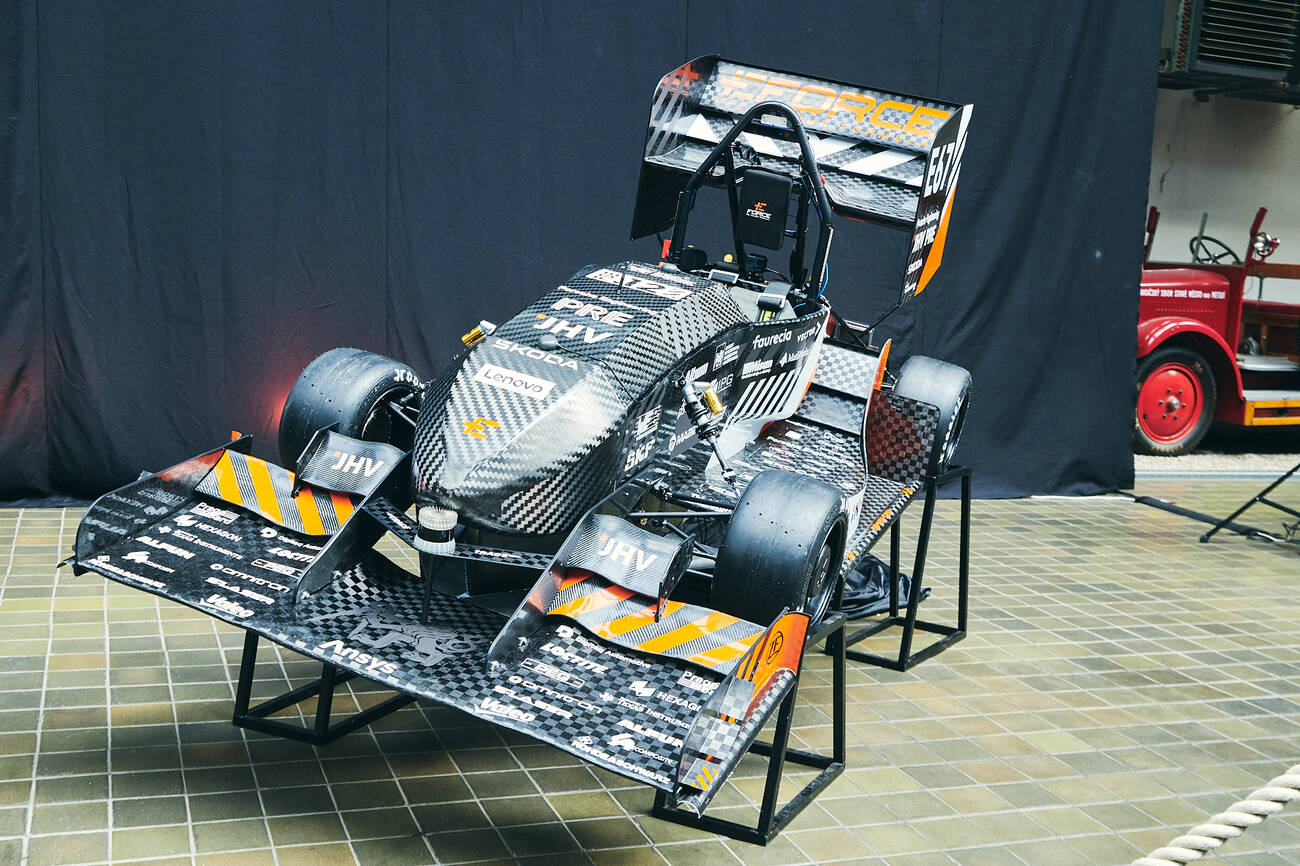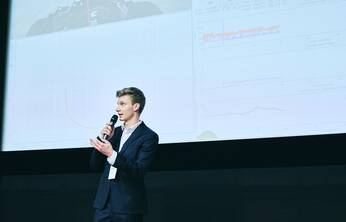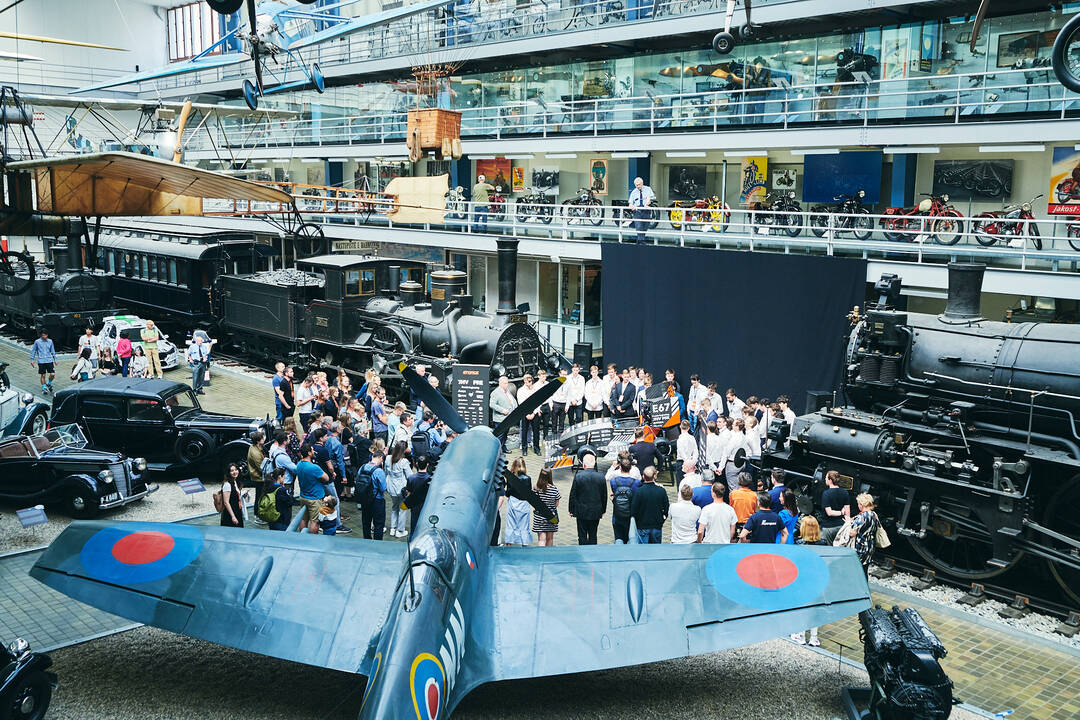"The formula was created by combining our two previous generations of piloted and autonomous formulas. It will be able to run part of the race with a pilot and part of the race without a pilot," said Jan Cába, who works in eForce's mechanical group and is also managing the team's promotion. The new approach is required by the rules of the most prestigious Formula Student Germany competition. "We have adapted to the rules together along the best teams in the world," said Cába. He pointed out that under the new conditions, the acceleration and skid pad disciplines will have to be driven autonomously and then the formula can participate in a bonus autonomous race.
The new electro formula has engines in all four wheels with a total output of 141.48 kW and 1,335 Nm of torque. "Not only thanks to the monocoque made of a carbon fiber sandwich composite structure and aluminum honeycomb, the weight of the entire monopost is only 205 kilograms. Thanks to these characteristics, the formula is able to accelerate from 0 to 100 km/h in 2.5 seconds. The power supply is provided by a 600 V battery with a maximum voltage of 7.45 kWh, which is designed to last the 22 km main race," said team captain Tomáš Krejčí, highlighting some of the formula's technical advantages.
Krejčí pointed out that another technical novelty is frequency converters of their own design, which saved the team over 10 kg of weight of the formula. "We have developed a new architecture of autonomous systems and cone detector for unmanned disciplines," the captain noted. He added that the formula also uses sensors and a camera to calculate the optimal driving trajectory with the speed profile. "At the same time, thanks to wireless diagnostics, we are able to monitor all vehicle information in real-time while driving. For the safety of the formula and the participants, there is also a built-in hydraulic emergency braking system that allows the formula to be stopped remotely," added Krejčí.
According to Jan Cába, the most difficult part was to connect the systems so that they fit into the formula. "We chose a similar concept as in the past. This gave us the approximate size of the monocoque, we didn't want to make it too big. When we needed to add autonomous systems to the formula, especially the computer, emergency brake, engine, and steering, we had to rearrange all the components inside the car," Cába explained. "In the end, we came to the conclusion that it was acceptable. At the same time, the autonomous systems can be dismantled as there will be races for the piloted formula this year as well. So we can quickly dismantle the lidar, the camera, and the computer and also disconnect the steering system. These things are crucial for us because the autonomous systems increase the weight of the car and, due to their positioning, also worsen its aerodynamics," explained Cába.
Every race is a challenge
So far this season, the eForce team has four races planned - in Switzerland, where the season will start on July 1, in Italy, the Czech Republic, and Croatia. Each of them is a big challenge, according to Cába. "The Italian race is purely autonomous, the Swiss and Croatian races are only piloted, and the Czech race is a combined race," he described, adding that a group of 15 to 20 people is going to each race.
Last year, the eForce student racing team made a significant jump in the main category of the e-formula ranking of 279 university teams from around the world. It is currently ninth best in Europe, 17th globally, and first among competitors from domestic universities. This is one of the best rankings in eForce team history. The first electric formula was built at the CTU Faculty of Engineering in 2010 by the team's then-staff.
In 2022, eForce also participated in a record number of races. It competed on tracks in Switzerland, Italy, Hungary, Germany, Croatia, and the Czech Republic. Krejci recalled that together the team earned a number of valuable placings in individual disciplines. "There were eight first places, six second places, and four bronzes," concluded the team captain.
Author of the photos: Petr Neugebauer












